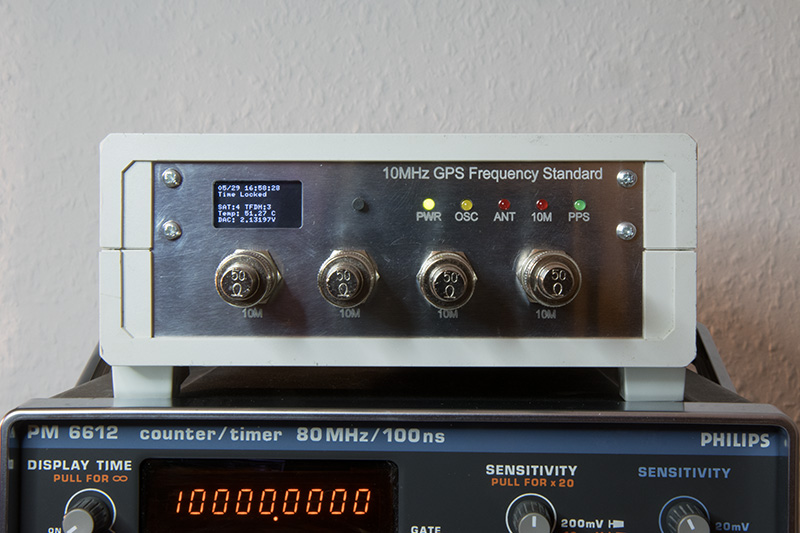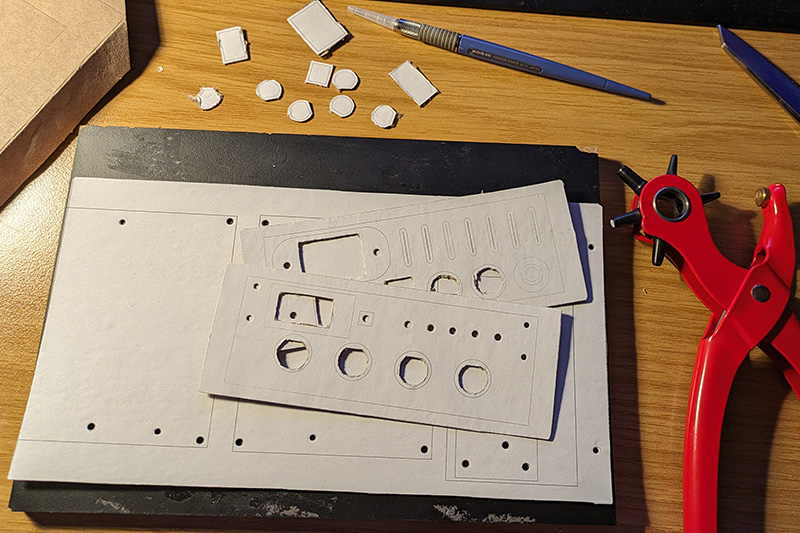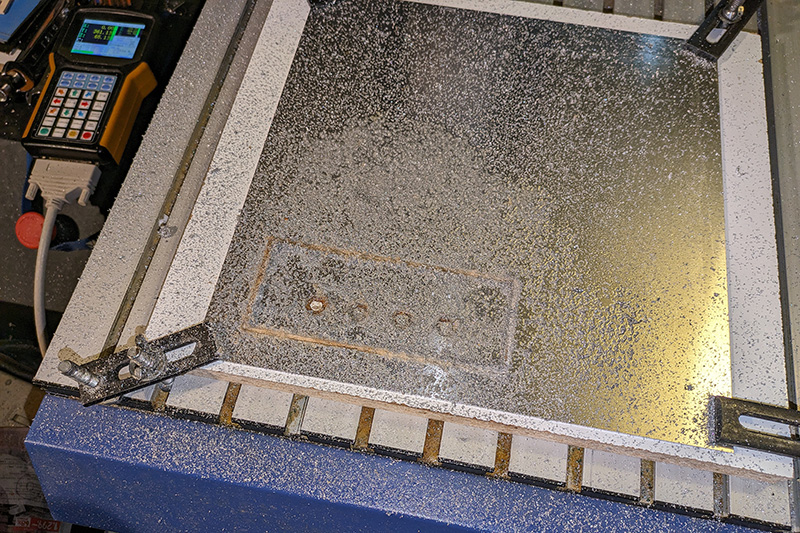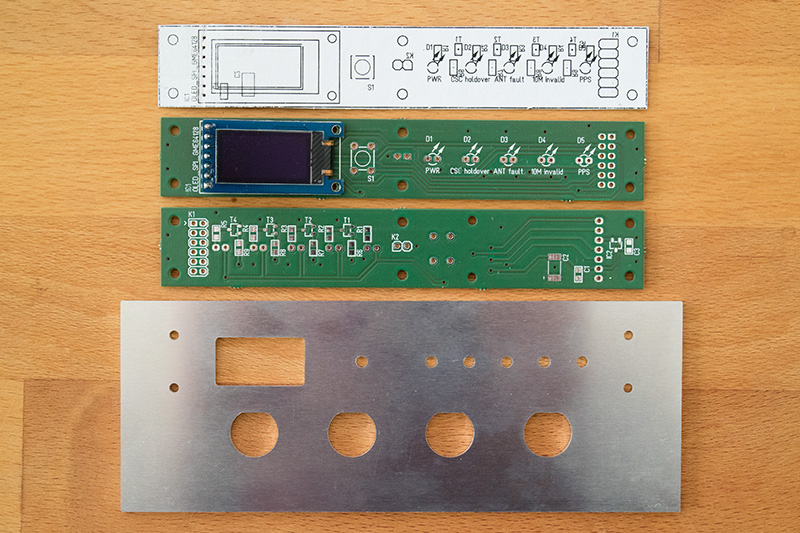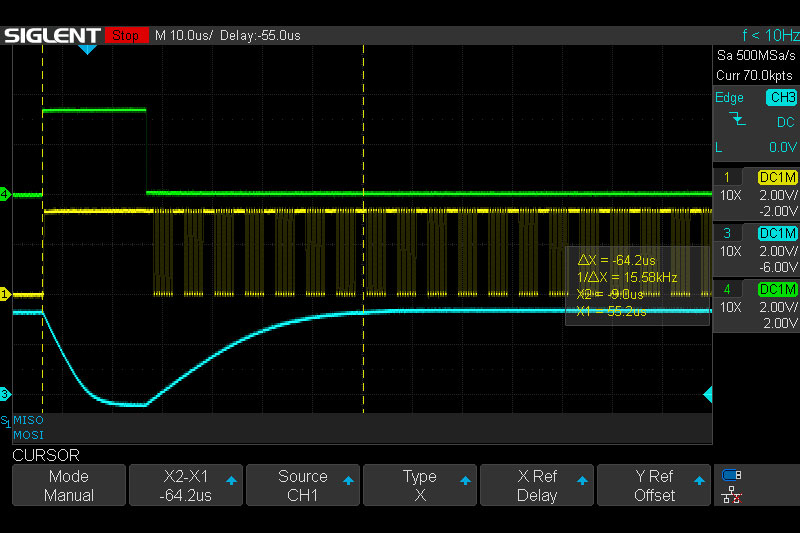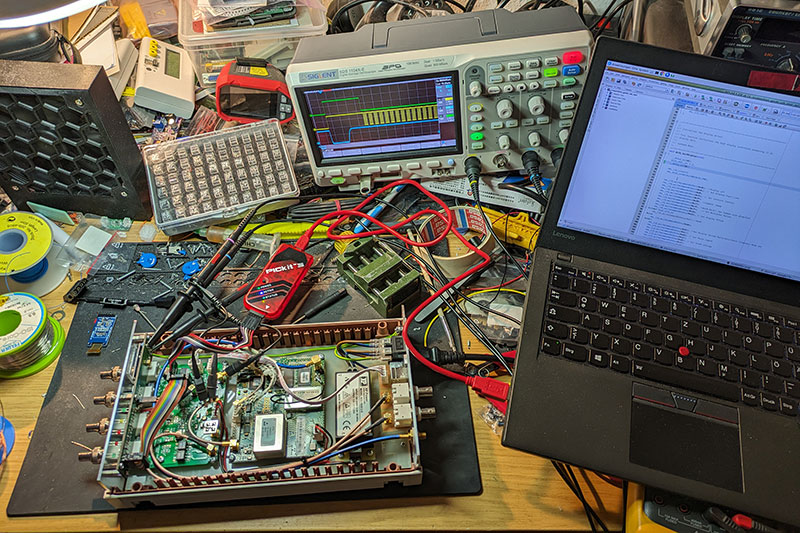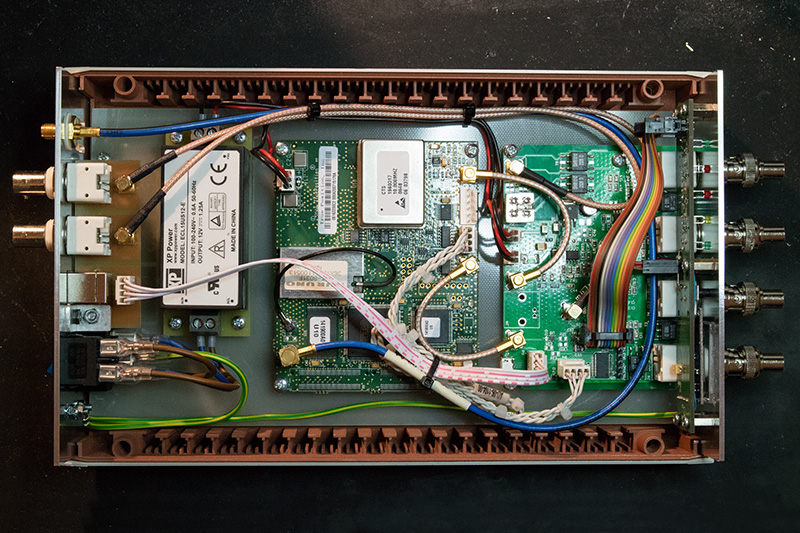10MHz GPS frequency standard
GPSDO with isolated distribution amplifier and OLED display, based on a TruePosition circuit board
If a highly accurate and stable reference frequency is required for measurements, calibration purposes or radio technology, a GPS frequency standard (GPSDO) is the best choice. While conventional quartz oscillators deviate from their frequency due to changes in ambient temperature or aging, a GPSDO uses a PLL to automatically calibrate the oven controlled crystal oscillator (OCXO) against a reference clock taken from the GPS signal. Even after a short warm-up phase, a frequency-accurate 10MHz signal with a stability in the range of ±1*10-11 can be obtained.
In addition to various DIY projects, there are commercial modules from mobile phone and aircraft technology. I purchased such a circuit board from the manufacturer TruePosition on an auction platform. It is used in my frequency standard described here.
The TruePosition board has a serial interface that can provide status information and GPS data. As a suitable addition, Gaurav Singh (circuitvalley.com) has developed a microcontroller-controlled evaluation via OLED display and status LEDs, which also provides an electrically isolated distribution amplifier for the reference signal. Both boards are to be installed in a case together with a suitable power supply unit. Four sockets on the front provide the 10MHz signal, with a further socket on the rear. There is also a 1PPS signal output, a USB socket for the GPS data, antenna and mains input as well as the mains switch. The first step was to make a model out of cardboard.
Once everything was in place, the front and rear plates were CNC-milled from aluminum and the labels were laser-engraved. The carrier plate is made of FR4. To protect the display, a suitably milled acrylic glass plate is embedded in the front. I designed my own front panel circuit board for this, as I wanted to use a Bopla Ultramas housing for the project. Due to a lack of space, a smaller OLED display with only 128x64 pixels was used, which also made modifications to the firmware necessary. The font size was reduced in order to be able to display the same number of lines of text. In addition to displaying the date, time and status, the button can be used to switch between various information such as the number of satellites, temperature and DAC voltage of the ovenized crystal as well as GPS coordinates.
During the final test, a problem was encountered which led to several evenings of troubleshooting. When the device was repeatedly switched off and on, the OLED display remained dark when the device was warm. After checking the initialization routines without success, I looked at the signals with a storage oscilloscope and found anomalies in the reset signal. It did not look rectangular, but rather like the charging curve of a capacitor. This caused the pulse to interfere with the data transmission of the display initialization. The source of the problem was found to be a 100nF capacitor on the display board, which was replaced by a 10nF capacitor. After further optimization of the timings, I was able to achieve a clean initialization.
Since then, the GPS frequency standard has been used as an external reference for my frequency counter or as a regular check / calibration of the counter's internal crystal oven (see OCXO Timebase). The modified firmware and the PCB layouts I designed are linked below.
Links
- DIY Isolated 10Mhz Distribution Amplifier for GPSDO, Rubidium, TCXO Reference (circuitvalley.com)
- TruePosition GPSDO 10Mhz Clock Standard Reference Distribution Board (circuitvalley.com)
- Modified PIC18F25K50 TruePosition GPSDO firmware (GitHub, MalteP)
- Original PIC18F25K50 TruePosition GPSDO firmware (GitHub, circuitvalley)

